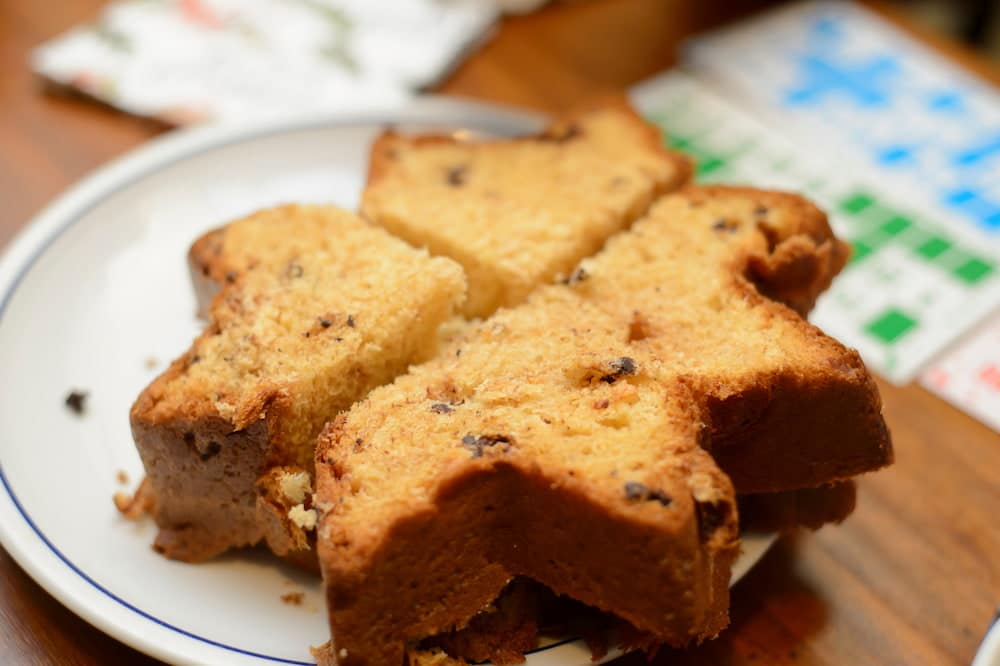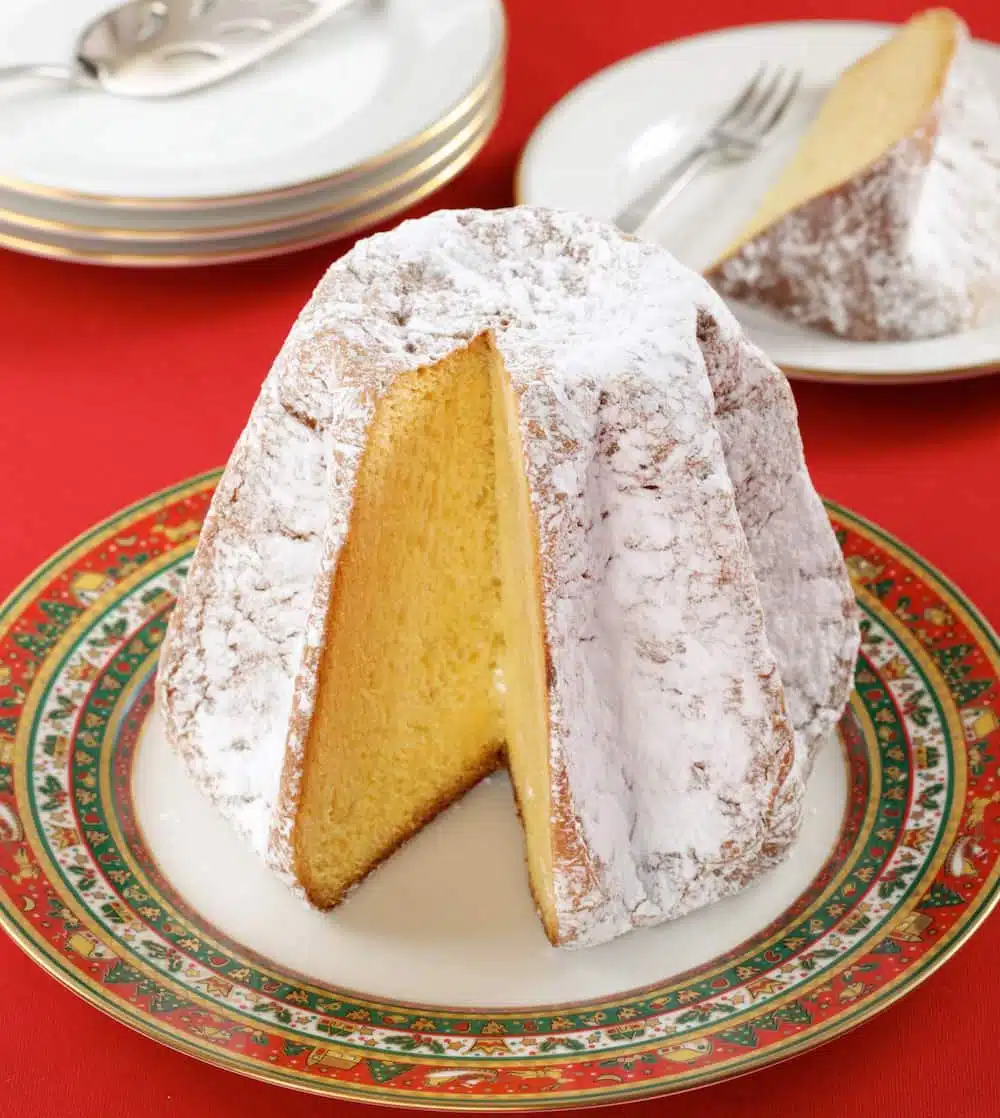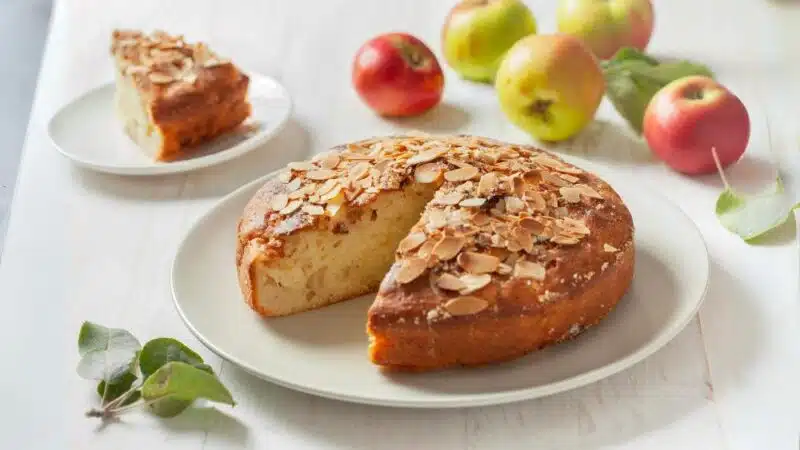Hello friends and friends of Paulina Kitchen! Today I propose a special recipe for the end of the year parties, but they can also do at any time. I'm talking about Pandoro . An Italian sweet bread without fruits , with a lot of flavor, that will get them out of the typical Panettone scheme.
I already anticipate that it is not a recipe for impatient . Like all sweet bread, Pandoro's recipe requires a good loyal process, and he needs a lot of that time, and a lot of love in the kneading . There are several hours, but the result is worth it.
In this note I tell you everything about the Italian Pandoro , this glamorous sweet bread that has its own history and that divides waters between those who love Panettone and those who prefer Pandoro . In the end, and as we always get used in this blog, I tell you how to do Pandoro and not fall asleep in the attempt!
Content table
About the Pandoro
The Pandoro , like the classic Panettone , is a sweet bread of Italy that has its moment of glory at the end of the year parties. His name literally means "golden bread" , and the truth is that it is not an exaggeration.
This sweet bread, with its sponge texture crumb, similar to the brioche bread , added to that touch of vanilla, is pure gold for our taste papillae! Unlike Panettone, the Pandoro has no fruits confited or raisins , which makes it the favorite of those who prefer " sweet bread without anything .
The beautiful thing about this sweet bread is also its eight -pointed star shape , although the classic mold can not be prepared with a flanera or a peak mold. What cannot be missing is the impalpable sugar (icing sugar), which transforms the pandoro into a edible snowy mountain .
The origin of the Italian Pandoro and its tradition
The Pandoro has its origin in Verona . His recipe goes back to the Renaissance, when the Italian nobles were pleasant to eat bread enriched with a lot of butter (butter), eggs and sugar. Over time, that recipe evolved until we know the one we know today, patented in 1894 by Domenico Melegatti .
And why "gold bread"? Well, in addition to its intense yellow color , thanks to the amount of eggs in the recipe, the name refers to the opulence and luxury of this dessert that was originally a delicacy of the upper classes .
Traditionally it is eaten at Christmas and New Year , and it is a rivalry between those who prefer Panettone and those who prefer Pandoro. Of course, nobody can prevent us from eating it any day, especially in winter times.
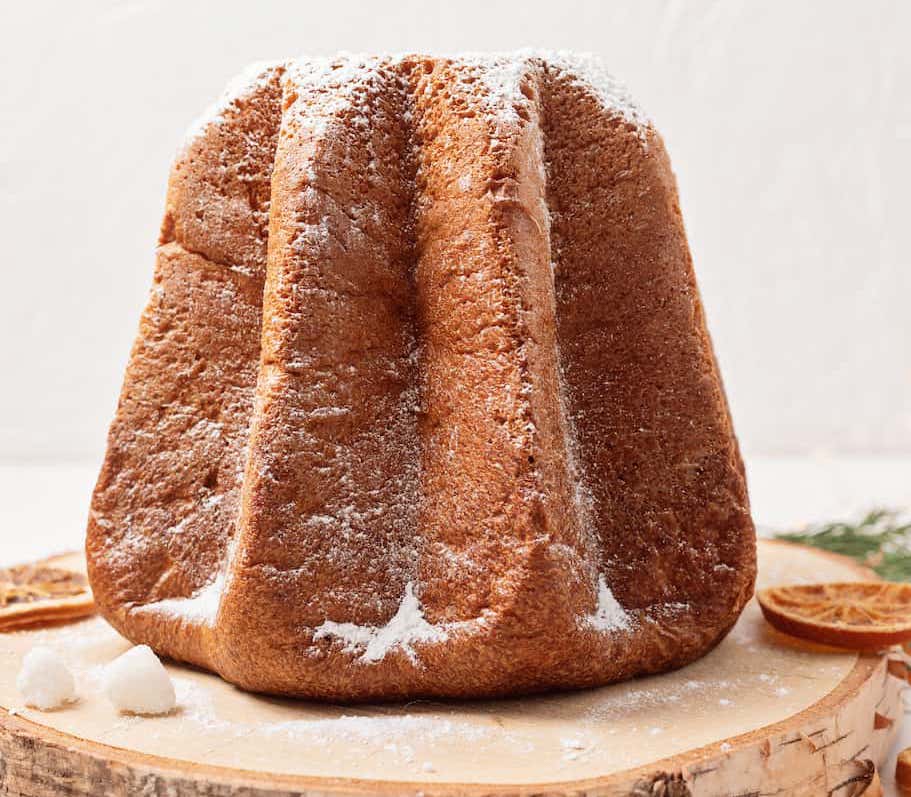
The 8 characteristics that make pandoro unique
- Star form: its mold makes it a piece of edible art . Today the Pandoro mold can be achieved in any bazaar or pastry store.
- Texture: Italian pandoro has a soft crumb that gets rid of the mouth.
- Neutral flavor: Ideal to accompany with a little chantilly cream , bathe with chocolate or enjoy with a simple coffee with milk.
- No fruits: perfect for those fleeing grape raisins or polished fruits.
- White bathroom: The sprinkle of impalpable sugar, which practically covers the sweet bread, is a particular characteristic that cannot be missing.
- Gold color: Thanks to butter and eggs, this type of panettone has an irresistible bright color .
- Vanilla aroma: subtle, but present, as a comforting hug .
- Versatility: It can be cut into layers and fill with homemade cream or nutella or simply enjoy as.
Differences between Panettone and Pandoro: What are you?
- With and without fruits : Panettone has confitted fruits or dry raisins (and sometimes chocolate chips). While Pandoro has no aggregates (for the happiness of many).
- The texture: the mass of this bread is more delicate but at the same time firmer and focuses on highlighting the taste. The consistency of Panettone is usually softer and airy.
- The form: Panettone is a dome shape, while the Pandoro looks like a star .
- The flavor : the panettone is more intense , thanks to the fruits and the aromatizers it has. Pandoro is softer and more neutral , perfect for customizing at ease.
7 tips to make the best sweet bread pandoro
- Patience, a lot of patience : the secret is in the long lifts. Not hurry.
- Use good and a lot of butter : Do not spare in quantity or quality. It shows in the taste.
- Control the temperature: both in the kneading and in the baking, the heat is key .
- Not hurry the mother mass: the first ferment is the soul of the Pandoro .
- Correct mold: if possible it is better to get the special star mold, so that it is an Italian Pandoro with all the letters.
- The final touch: To do it in the Italian style, sweet bread can be placed in a bag and add some good tablespoons of impalpable sugar. The bag closes and shakes with desire. The result is majestic!
- Cut it in the right way: always make the cut horizontally , never vertical, so that the shape can be seen well and can be used better without breaking.
Follow on Instagram ( here )
and on YouTube that I upload new recipes every week ( click here )
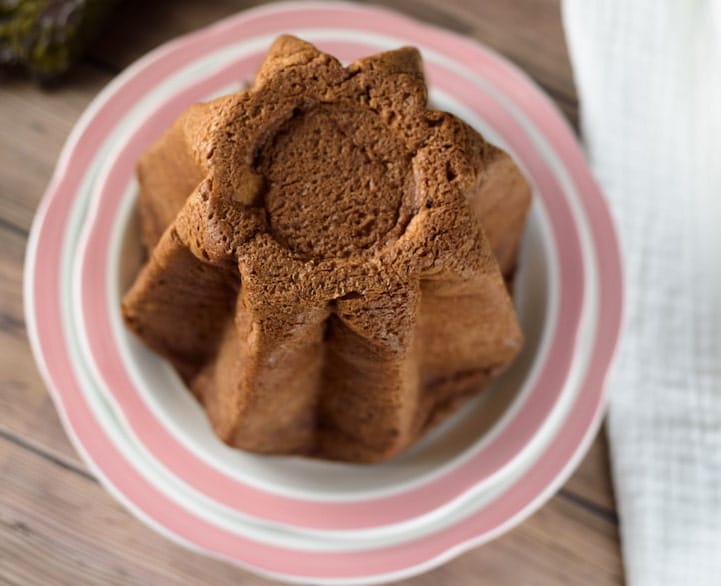
Italian pandoro recipe
Yields: 10 portions
Preparation time: 10/12 hours (includes Levados)
Ingredients
- 300 g flour 0000
- 20 g dry yeast
- 150 g of sugar
- 1 teaspoon vanilla essence
- 1 lemon zest
- 5 egg yolks
- 1 egg
- 200g of butter
- Warm water: necessary quantity
- 3 or 4 tablespoons of impalpable sugar (glas)
How to do pandoro step by step
- For the first ferment or mother mass mix the dry yeast with 1 tablespoon of sugar, 1 yolk, ¼ cup of warm water and 100 g of flour. Knead to form a soft dough. Let stand in a warm place (24-26 ° C) until you double your volume (approximately 15 minutes).
- First kneading: add 100 g more flour to the first ferment, along with 50 g of sugar, 3 yolks, 1 tablespoon of warm water and 75 g of butter at room temperature. Knead to integrate well and form a bun. Cover with a damp cloth and let stand until you double your volume (about 2 hours).
- For the second kneading: incorporate the flour and the remaining sugar, along with 1 whole egg, the left yolk and 2 tablespoons of warm water. Integrate well and knead until a smooth bun. Let stand again until you double your volume (2 hours).
- Once she argues the dough and stretch it on a floured surface. Spread the lemon zest, vanilla essence and 125 g of remaining butter, cut into small cubes. Fold in rooms and stretch with kneading stick as if it were a puff pastry. Cover with film and take the refrigerator for 30 minutes. Repeat this step once again and refrigerate another 30 minutes.
- The final mild: place the dough in a previously enmantecado star mold. Cover with a soft cloth and let out in a warm place until the dough reaches the edge of the mold (4-6 hours).
- Preheat the oven at 170 ° C. Bake for 40-50 minutes. If the sweet bread begins to brown too much, cover with aluminum foil. Remove from the oven, let cool a few minutes and unmold carefully.
- For the final touch, let cool, unmold and place the pandoro in a clean bag, add the tablespoons of impalpable sugar, close the bag and shake so that the Pandoro is impregnated well. Always cut horizontally.
